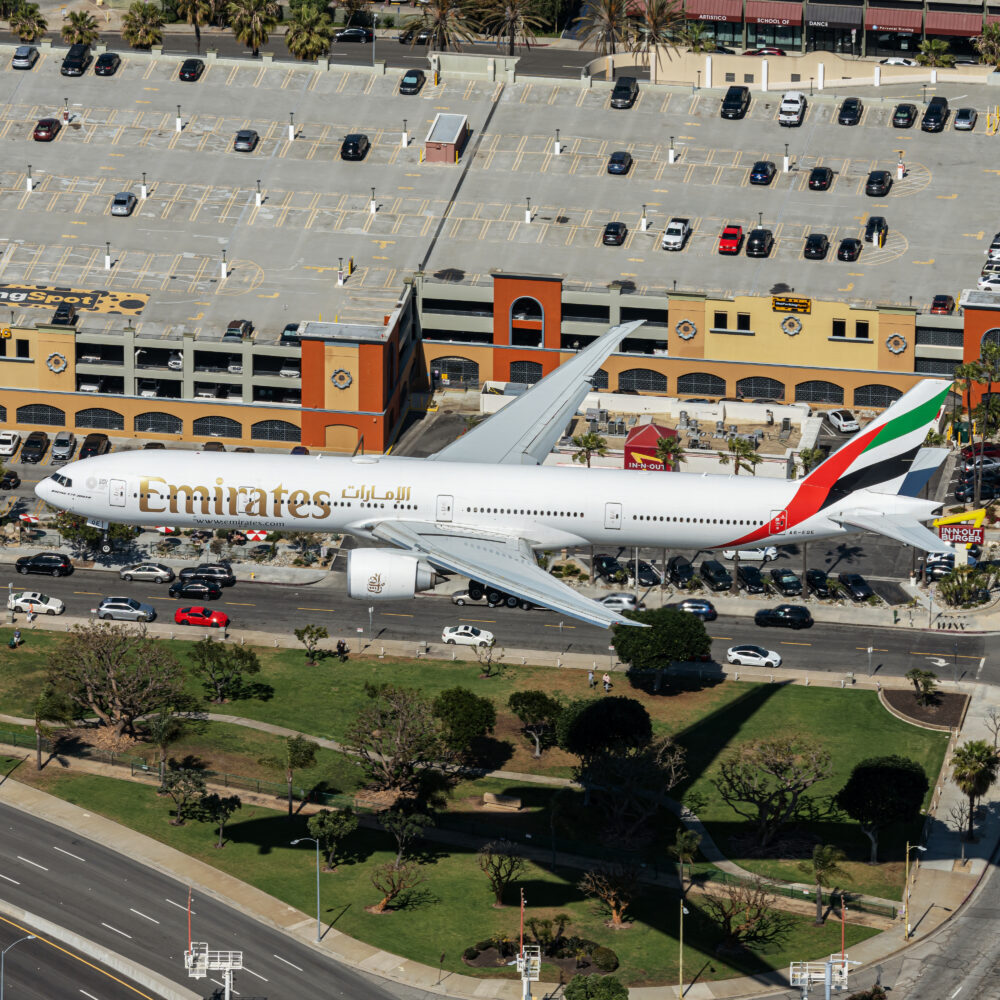The business travel industry has been going through a significant evolution in recent years. From changes to passenger needs on board the aircraft to the new global conditions, there has been a considerable shift. Guide2Uganda recently spoke to Camber Aviation Management CEO Tom Chatfield. As the head of an innovative corporate jet firm, the executive was able to share details on how the market is adapting to the current climate.
Camber Aviation prides itself on delivering the best corporate jet possible. It offers services tailored to the requirements of individuals, corporations, and heads of state clients. As a completion manager, it guides and manages the complex process of transforming an aircraft into a bespoke corporate plane. From green aircraft acceptance, cabin design, engineering, fabrication, and certification through to the delivery of the finished product, it helps its clients through every process.
Altogether, Mr. Chatfield holds a background in corporate aircraft that spans over 20 years. However, his roots in the aviation industry trace back to when he was just 14 years old. This experience has led the businessman to have an affinity and a real passion for corporate aviation. Ultimately, Camber strives to understand the process of defining the needs of a client.
The company has well-established links with the world’s leading aircraft manufacturers, designers, engineering teams, completion centers, suppliers, and artisans. It works with these groups to work on projects across Bombardier Challenger and Global, Dassault Falcon business jets through to Airbus ACJ319 and Boeing BBJ, 787 and 747-8 planes.
Passenger requirements are ever-changing and, subsequently, there are often unique requests that need to undergo careful planning. So, at times, Camber communicates with jet manufacturers to effectively take on a task.
“Each client wants to have unique features and an exceptional aircraft. So there’s going to be some areas where the client is going to want something distinctive, and you need to get additional engineering information from Boeing or Airbus,”
“So, you basically use those hours to say, ‘Look, the washroom,’ for example, ‘it is not going to be in the standard location. We want to put it forward by so many inches, and therefore, we’re going to need some advice on piping and stress and that kind of thing.’ So, we work together with them. Each of the manufacturers Camber has worked with are very good about that and very, very supportive.” Chatfield told revealed.
A new generation
There are emerging trends when it comes to business travel. Chatfield highlights that for many clients, the most important feature right now is communications. So, this factor involves high-speed data and texting. Notably, people want to stay connected to the ground below them. Therefore, social media, streaming, and YouTube are important, especially for the younger generation. Additionally, many customers want a bespoke inflight entertainment system.
Ultimately, the times of having a single monitor or a couple of monitors on board and everybody watches the same movie are gone. There are still screens in an aircraft, but the majority of the passengers now want to be able to stream a video. The inflight entertainment system may have a storage or a repository of latest movies, shows, and music that can be streamed to iPads or other personal devices. Alternatively, passengers may stream right off of the satellite communications systems to receive the latest news, information or movies.
It’s not just communications that are evolving. Now, people are expecting the galleys to be outfitted to allow flight attendants to prepare fresh meals. Subsequently, Camber sees less microwaving but more steam ovens and inductive cooking. Furthermore, in some of the larger aircraft, passengers actually fly with a chef on the plane. As a result, these chefs often help design the galley, providing critical guidance to ensure that onboard meals are memorable.
The aircraft interior colors are also transitioning. There was a period of at least 10 years when tones were almost exclusively neutral beiges, browns, whites, and off-whites. Now, there is a much broader color palette, and travelers are looking for more natural finishes and fibers.
The response to the pandemic
The shifts are resulting in some clients landing at an airport and having a business meeting on board the jet. By having a chef at hand, the hosts can impress their guests and have a meal without having to travel into town and attending a restaurant.
These adaptations have helped prepare the corporate travel industry for the shakeup that the global health crisis has brought. Chatfield emphasizes that people who hadn’t previously flown privately are now doing so due to possible health concerns when being too close to other passengers whom they don’t know, along with excessive touchpoints.
The NBAA states that there are approximately 700 touchpoints in the passenger journey when flying commercially. However, in business aviation, there are between 25 and 35 touchpoints.
Another advantage of private aviation is that passengers can fly directly to where they want, do their business, and return quickly. This process is increasingly being appreciated on a private level. For instance, Camber is seeing resorts retain charter companies to bring their guests directly and safely to where they are. This practice is being seen in countries such as the Maldives and Seychelles. There are also people traveling on a private jet to a peaceful resort and wanting to be as safe as possible during their entire journey.
Looking ahead
Ultimately, the reaction to the pandemic will significantly shape the course of business travel over the next decade. As passengers become more conscious of hygiene measures, there will be several related initiatives in place.
“You’re going to have more and more expectations out of the galley in terms of fresh food. You’re going to be looking at better air-filtration systems and cleaning systems on board,” Chatfield said.
“I think people have become very sensitive to the pandemic. I think there’s a general consensus that this type of thing will, unfortunately, happen again in the future. So, the idea of being able to keep the airplane clean is very important. And we’re having questions from people saying, ‘listen, can you put a UVC system into the airplane?’ So that after the airplane lands and people go off the aircraft, that you can turn on a system to kill the bacteria and viruses.”
Altogether, a lot more travelers may use business jets over the next few years. Tom Chatfield believes that, whether it’s charter, wholly-owned, or fractional, there will to be an increase in both corporate and private travel with an emphasis on hygiene, time savings and comfort.
About Guide2Uganda
Guide2Uganda (www.guide2uganda.ug) is the most comprehensive source of information about Uganda that exists on the web, with more content on Uganda and surrounding towns, attractions, museums and galleries than any other online guide that currently exists for Uganda as well as being a dynamic news and comprehensive events driven site with content being added daily.
According to WeFollow & Peer Index (whom both measure online influence) we are among the most influential online media organizations in Uganda. We were also awarded for ‘’Best Destination Website in Uganda’’ by Jumia Travel Uganda in the 2017-2018 Africa Travel Awards. If you are planning a visit to Uganda you can always reach us on; info@guide2uganda.ug




